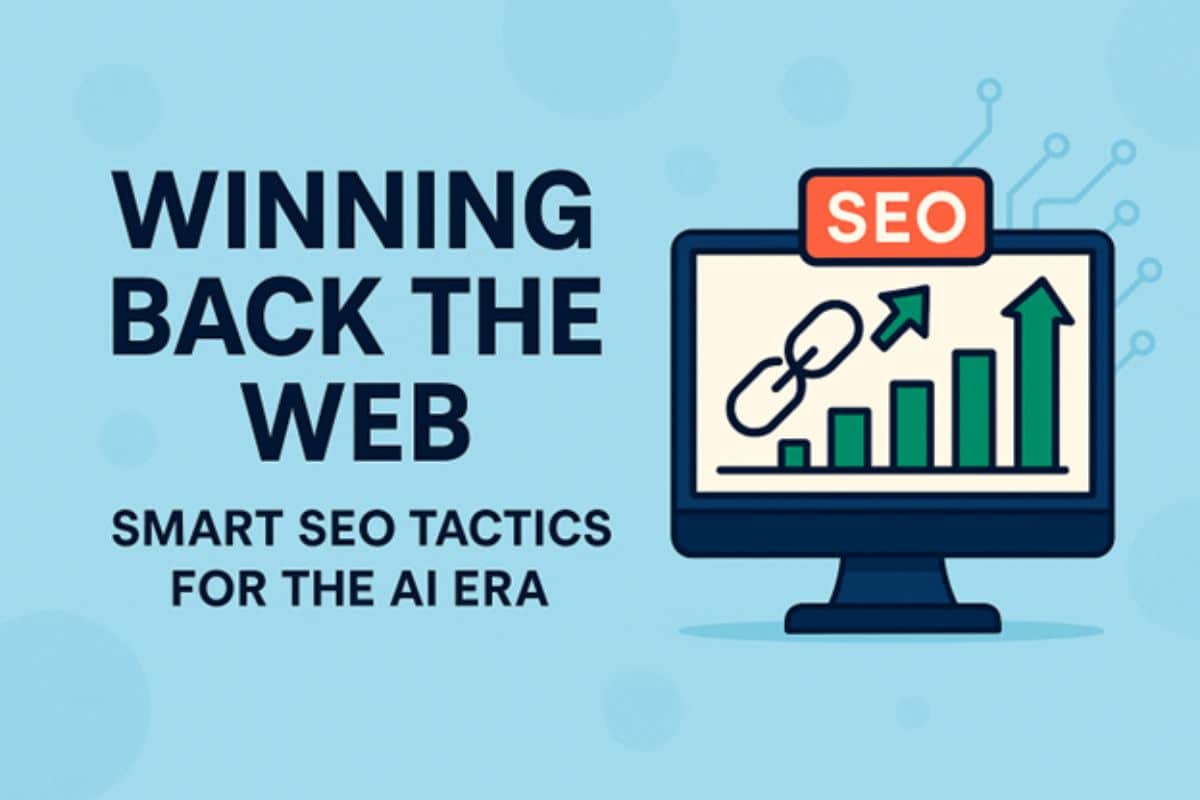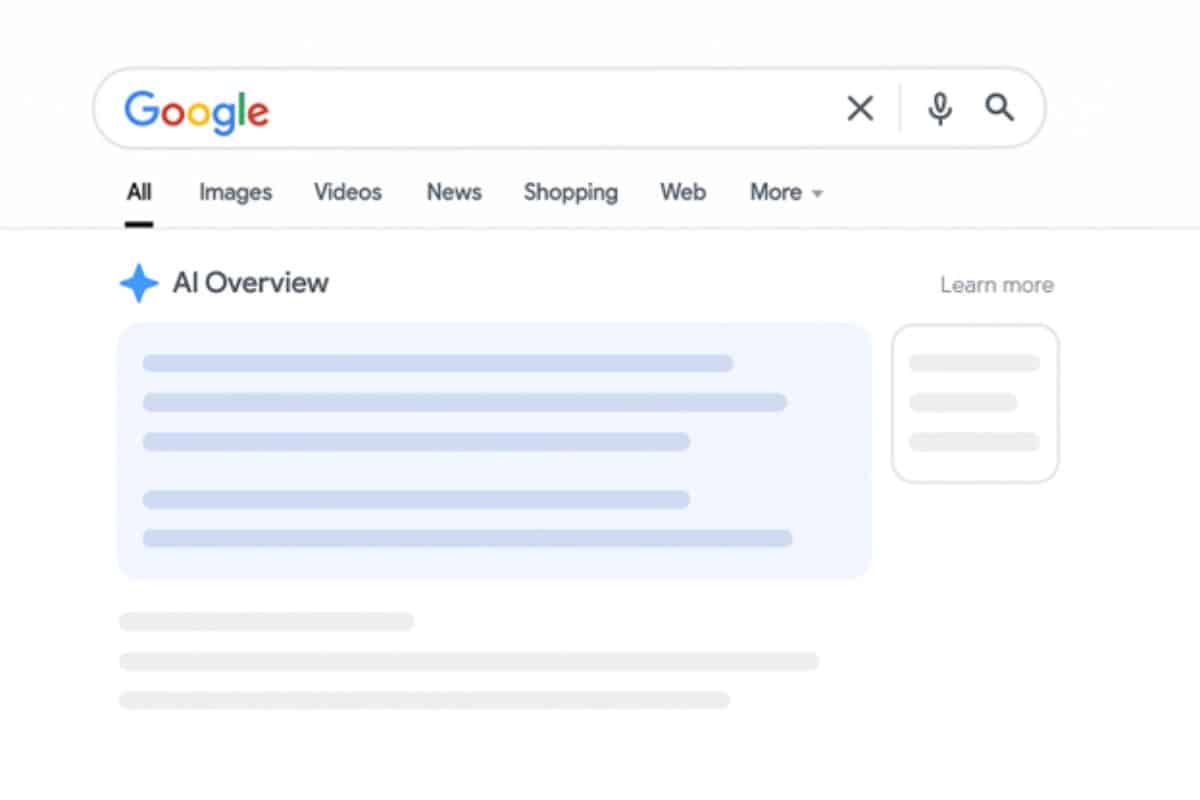
The rise of generative AI has already affected how users access information. People no longer need to visit a dozen websites to get answers. They’re getting summaries and context-rich insights from large language models like ChatGPT or Google’s AI Overviews. That means fewer clicks, fewer impressions, and in many cases, a brutal drop in traffic to once-thriving websites.
For many businesses, the traffic drop didn’t follow a change in ranking or a technical issue. It followed a structural shift in how search engines display answers. If your site has seen a decline and nothing in your content or SEO profile has changed, you’re likely experiencing this new AI-driven funneling effect.
What’s Really Causing the Drop?
Several recent developments have contributed to the downturn in organic traffic:
- AI overviews in Google: These snapshots, introduced in 2024, pull content from multiple sites and present users with a synthesized answer at the top of the search page. Many queries never result in a single click.
- The rise of zero-click results: Data from SimilarWeb and SparkToro shows that over 60% of Google searches in the US ended without a click. AI features are accelerating that trend.
- ChatGPT and other assistants: A growing number of users now consult language models directly. They ask detailed questions and receive detailed answers—without ever opening a browser tab.
The implications are significant. Ranking #1 isn’t the safety net it once was. Even if your page is cited as a source, traffic may never reach your site. That’s the core of the problem.
You Can’t Outrank an AI Box
Let’s be clear: you won’t “rank above” Google’s AI Overview. There is no higher position. The AI box sits above ads, above featured snippets, and above the first organic result. In many industries, it’s the new front door to information.
You need to change the way you think about visibility. That means building content that AI models consistently pull from.

What Content AI Models Prefer to Cite
AI summarization models scrape and condense from a wide pool of websites. But they don’t pull from everyone. Based on analysis of AI Overviews and OpenAI’s browsing behavior, here’s what gets cited most often:
- Pages with strong topical authority. If your entire site focuses on a specific vertical, your odds improve.
- Clear, factual formatting. Bulleted lists, short paragraphs, and schema markup all help models parse and repackage your information.
- No fluff, no salesy language. AI tools are trained to avoid promotional material in favor of clarity and neutrality.
If your content looks like it’s written to convert rather than inform, it’s less likely to be pulled into the AI box.
Establishing Context Where AI Can’t
Here’s a strategy that most publishers miss: use mid-funnel content to bridge the gap between what AI summarizes and what users actually need next.
For example, an AI might summarize “What is carbon offsetting?” in a paragraph. But it won’t give personalized recommendations for which carbon offset program is best for a SaaS startup with 50 employees.
This is where you win. Build content for mid- and bottom-funnel intent. The generic “what is X?” traffic is gone. But people still click for case studies, calculators, implementation guides, pricing comparisons, or industry-specific advice.
Instead of focusing solely on traffic volume, shift to traffic quality and intent. That’s where an ROI-first SEO Agency like SeoProfy can make a measurable impact. They help businesses restructure content toward higher-intent conversions.
How to Recover Traffic
Too many articles stop at “make better content” or “optimize your UX.” You already know that. Here’s what you need to actually do right now:
1. Identify Queries That Now Trigger AI Overviews
Use a rank tracking tool that can detect SERP features. Look for queries that used to send traffic but now include an AI-generated answer. Once you know where the losses are happening, you can build targeted strategies around them.
2. Restructure Pages That Feed AI Responses
If a page is already being cited in AI summaries, rework it for even more clarity. Add short summaries at the top. Insert well-labeled subheadings. Use schema markup that matches your topic. Treat it like you’re building a source, not a blog post.
3. Build Edge Content AI Models Can’t Replicate
No AI will cite your opinion, but it will cite a table comparing 5 CRM tools by pricing, customer support score, and API limits. That kind of comparative, structured data wins.
Even better? Tools like calculators or filters. AI tools summarize static content. Interactive content is still yours.
4. Don’t Ignore Non-Search Channels
More users are finding brands directly via YouTube, Reddit, podcasts, or LinkedIn—because the experience feels more personal and less robotic.






